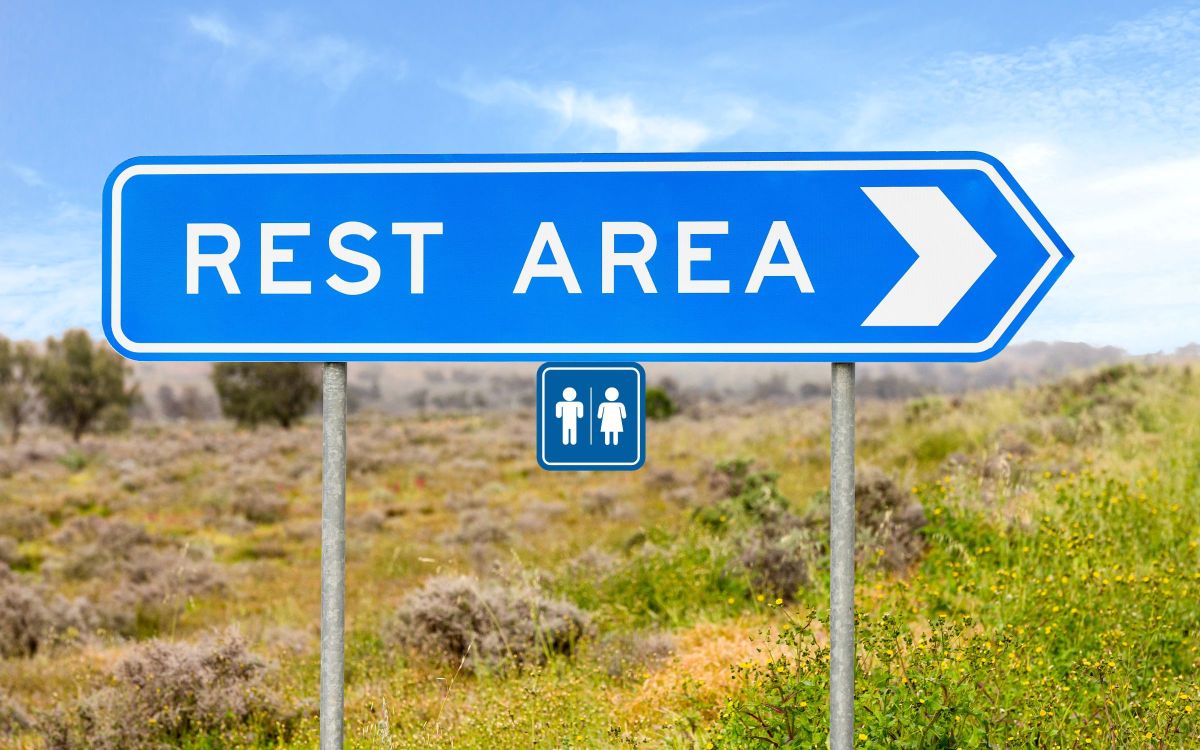Rest Areas in the U.S.: A Roadside Haven for Travelers

For many travelers crisscrossing the United States, rest areas are an essential yet often overlooked part of the journey. These roadside stops provide a much-needed respite from long hours on the road, offering amenities that range from simple parking lots with picnic tables to full-service rest areas with vending machines, pet-friendly zones, and even historical markers. But how did these rest areas come to be, and why are they so vital for those traversing the highways of America?
The Origins of Rest Areas
The concept of roadside rest areas in the U.S. dates back to the early 20th century, but they became more structured and widespread with the development of the Interstate Highway System in the 1950s. As President Dwight D. Eisenhower pushed forward the Federal-Aid Highway Act of 1956, the need for safe, convenient places for drivers to stop and rest became apparent.
Before this, travelers relied on informal pull-offs, gas stations, and small diners to take breaks. However, as the highway system expanded and long-distance travel became more common, the government recognized the necessity of designated rest stops to reduce driver fatigue and improve road safety. Thus, rest areas were strategically placed along major routes, typically every 30 to 60 miles, to provide drivers with a safe place to rest, use restrooms, and stretch their legs.
The Modern-Day Rest Area Experience
Today’s rest areas vary widely depending on the state and location. Some are simple pull-off areas with parking and restrooms, while others feature picnic areas, playgrounds, pet relief zones, and even scenic overlooks. Many states have also added tourism information centers, allowing travelers to pick up maps, brochures, and learn more about local attractions.
One of the biggest benefits of rest areas is that they are maintained by state transportation departments and are free to use. Unlike commercial truck stops, rest areas do not have businesses operating within them, ensuring that travelers can stop without the expectation of making a purchase.
Why Rest Areas Are Essential for Travelers
Rest areas play a crucial role in road safety. Fatigue is one of the leading causes of accidents, and having a place to pull over for a quick nap or a stretch break can prevent drowsy driving. They are also particularly important for truck drivers, who must comply with strict regulations regarding driving hours and rest periods.
Beyond safety, rest areas provide a sense of security, especially for solo travelers and families. Many rest stops are patrolled by law enforcement or have security cameras, offering an added layer of protection for those stopping overnight.
Additionally, for those on long road trips, rest areas serve as mini oases where travelers can enjoy a meal at a picnic table, walk their pets, or simply take in the surrounding scenery. Some rest stops are located in picturesque locations, offering beautiful views of mountains, lakes, and forests, making them destinations in their own right.
The Future of U.S. Rest Areas
As travel habits change, states are looking at ways to modernize rest areas. Some are adding electric vehicle charging stations, Wi-Fi access, and even food trucks to enhance the experience. With an increasing focus on sustainability, many rest stops are also incorporating solar panels and water-saving restroom facilities.
Despite changes over the years, one thing remains constant: rest areas are a vital part of the American road trip experience. Whether you’re on a cross-country adventure, a weekend getaway, or simply making your way home, these humble roadside havens ensure that every journey is a little more comfortable and a lot safer.


